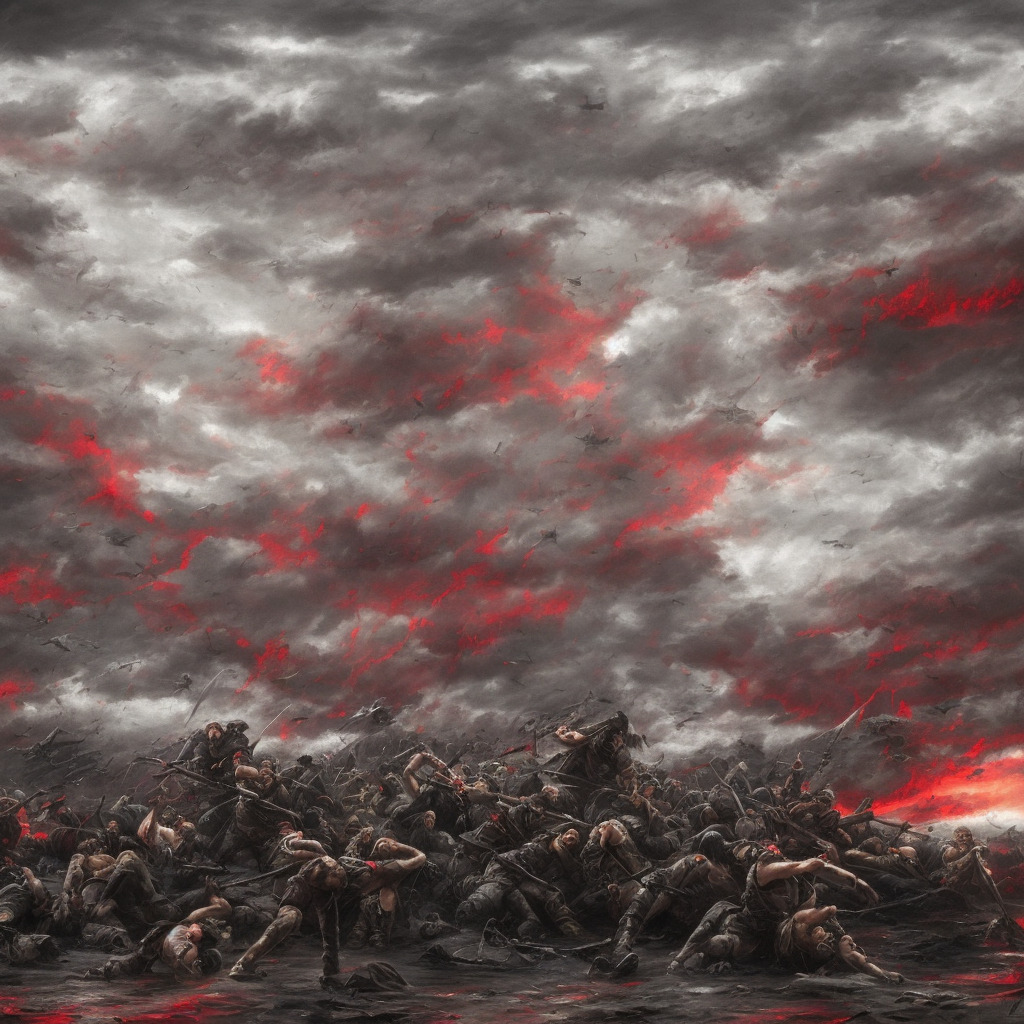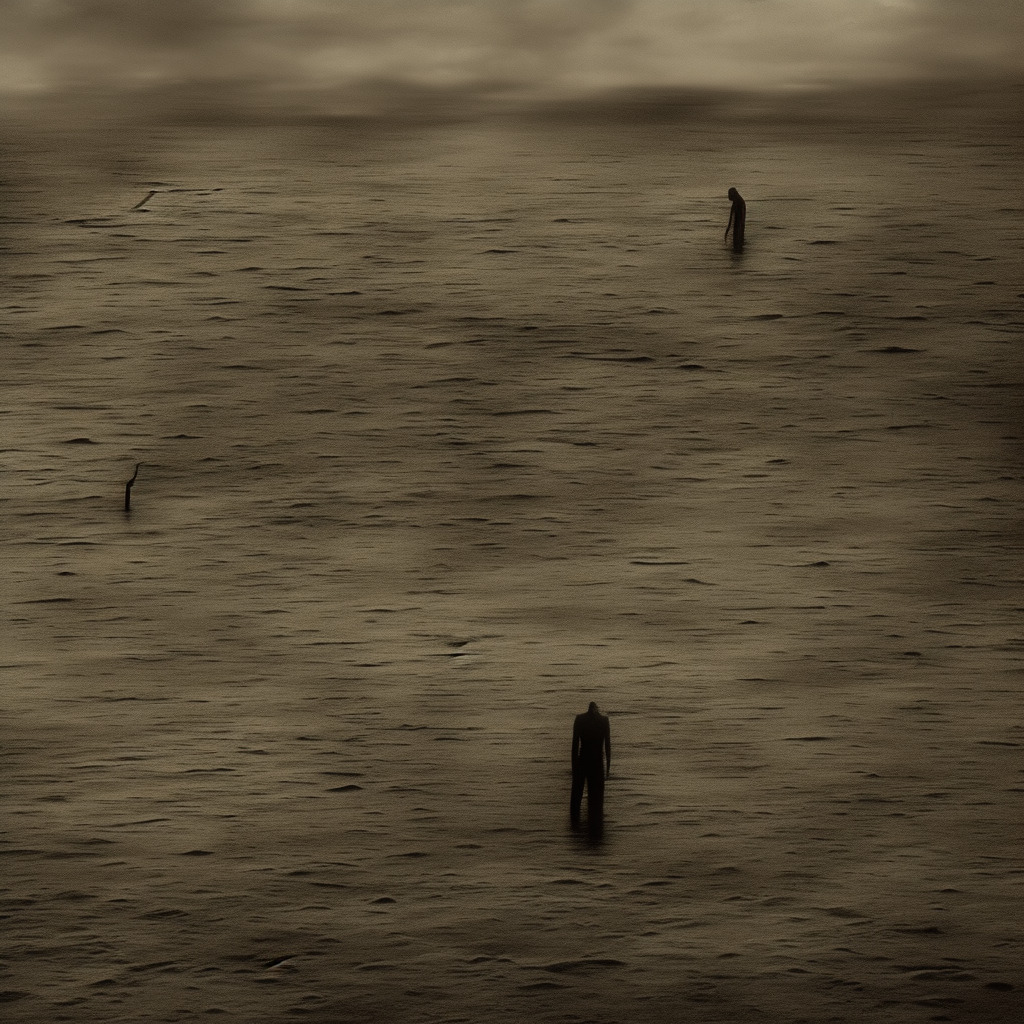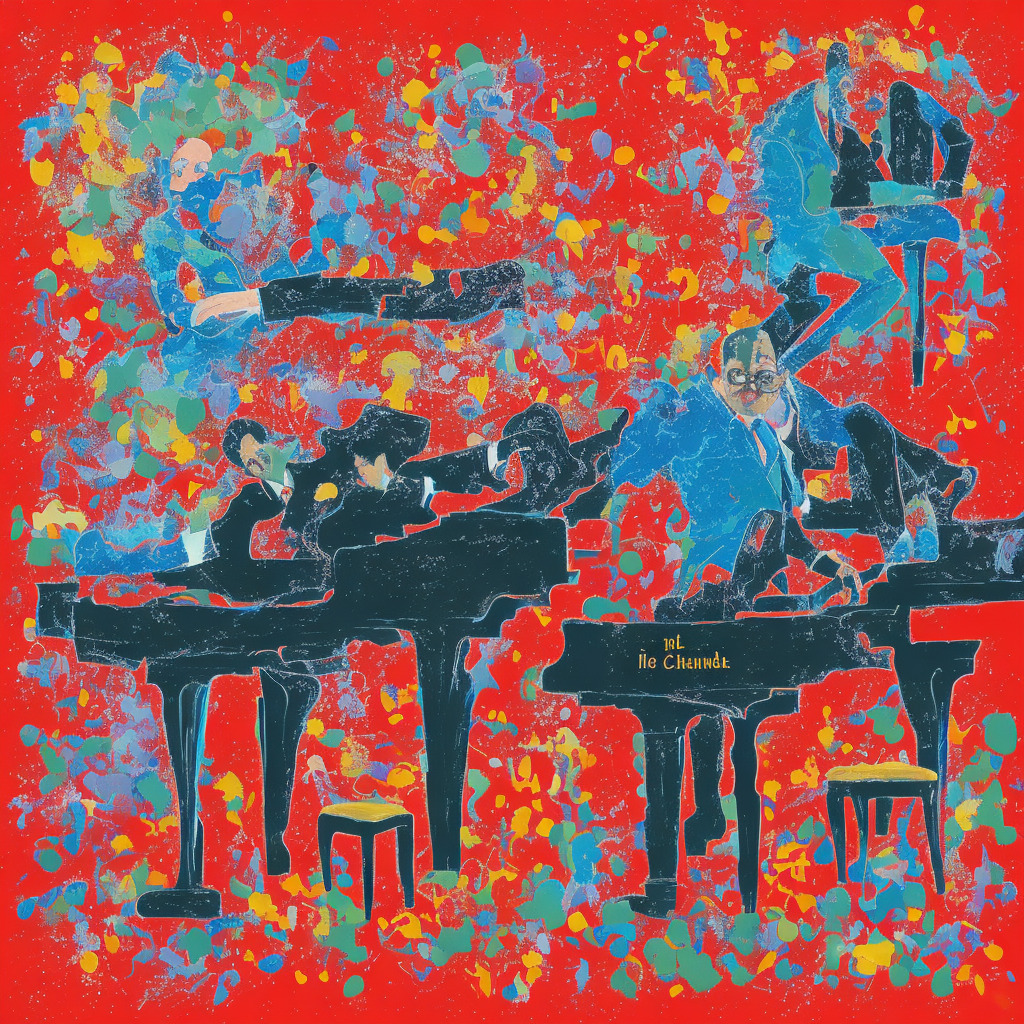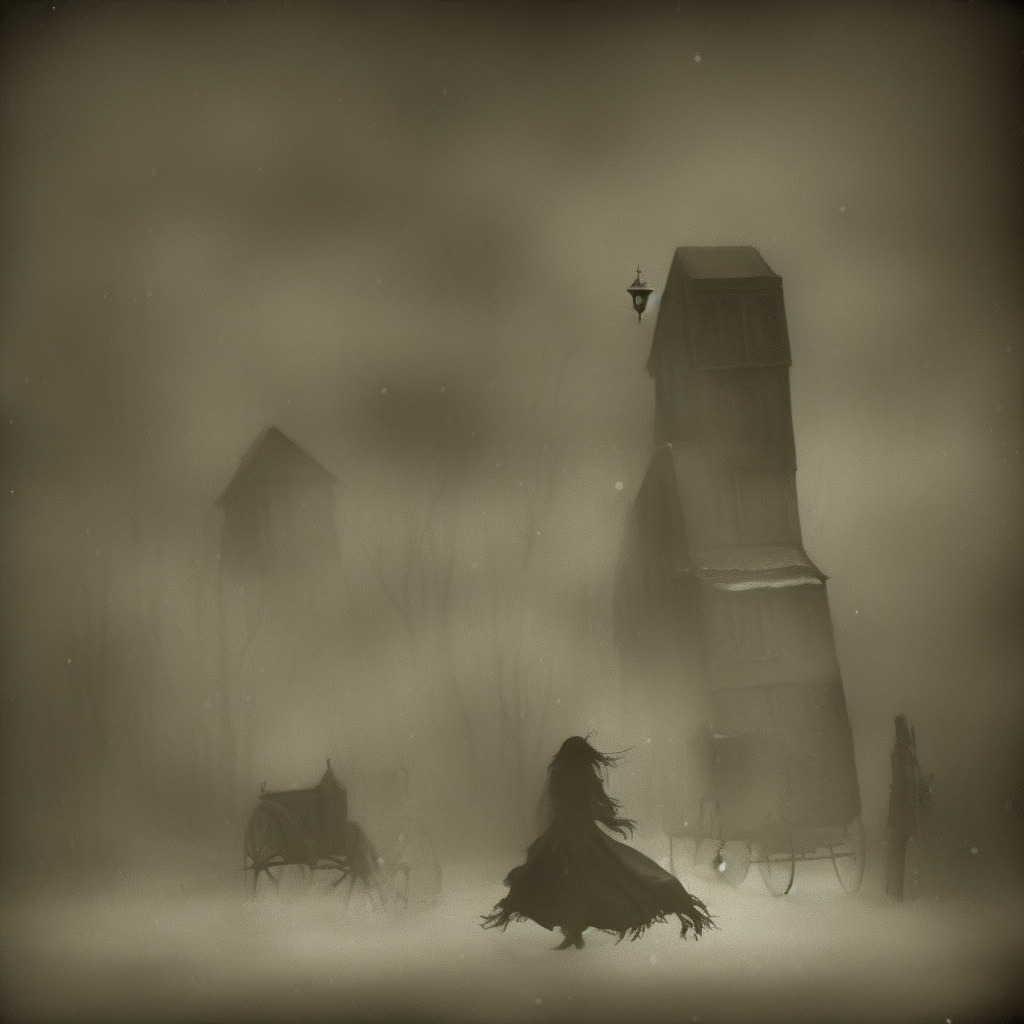🤘 Did you know? “Raining Blood” by #Slayer, a thrash metal anthem, was inspired by a dream guitarist Jeff Hanneman had about a red rainstorm! ☔️ Blood-pumping track, right? 😎 #FunFact #MetalTrivia #RainingBlood Read about it: tinyurl.com/52jzsx3v
Slayer’s Unrelenting Legacy: A Close Look at a Genre-defining Track
“Raining Blood”: A masterclass in thrash metal, Slayer’s genre-defining masterpiece solidifies their unyielding legacy amidst controversy and accolades.

Formed in 1981, Slayer is widely considered one of the pioneering bands in the thrash metal scene alongside other iconic bands such as Metallica, Megadeth, and Anthrax. Consisting of vocalist and bassist Tom Araya, guitarists Kerry King and the late Jeff Hanneman, and drummer Dave Lombardo (whose place has since been taken by Paul Bostaph), Slayer’s lineup remained consistent throughout most of their career, a rarity in the heavy metal world.
The song “Raining Blood” is an essential track from their 1986 album, “Reign in Blood,” which is hailed as one of the most influential heavy metal records of all time. Produced by the legendary Rick Rubin, the album’s brutal and unapologetic sound brought Slayer to the forefront of the metal scene. With its relentless tempo, aggressive riffs, and dark lyrical themes, “Raining Blood” exemplifies everything that is Slayer – heavy, fast, and uncompromising.
As a band, Slayer is known for their controversial lyrics that often touch on sensitive topics such as war, religion, and violence. While this has drawn criticism from various groups, their audacious approach to songwriting has also earned them a devoted fan base and significant accolades. Slayer has received multiple Grammy nominations for Best Metal Performance, winning the award twice – in 2007 for the song “Eyes of the Insane” and in 2008 for “Final Six.”
Slayer’s influence on the metal scene is undeniable, as they inspired countless bands that followed in their wake. However, their unyielding commitment to intensity and uncompromising subject matter can be polarizing. Critics argue that the absence of melody and the repetitive nature of their compositions make it difficult for casual listeners to appreciate their music. But for many heavy metal enthusiasts, Slayer embodies the spirit and essence of the genre.
In conclusion, Slayer’s “Raining Blood” remains a landmark song in the annals of heavy metal, showcasing the band’s distinctive approach to songwriting and musicianship. While their in-your-face approach might not be everyone’s cup of tea, their impact on the metal world and their numerous accolades are a testament to their lasting legacy.
Chart Trajectory and Triumphs
Defying charts and controversy, Slayer’s “Raining Blood” conquers the metal community, solidifying its legacy as an unstoppable force in music history.

Released on October 7, 1986, “Raining Blood” quickly gained traction in the metal community and beyond, cementing Slayer’s status as one of the trailblazers in the genre. While the band’s third studio album, “Reign in Blood,” had a limited release due to its controversial lyrical content, it managed to find its way onto the Billboard 200 chart. The album peaked at an impressive #94 in 1988, a testament to the tenacity of both the band and their loyal fan base.
“Raining Blood,” the album’s closing track, did not chart as a single. However, this didn’t hinder its impact on the metal scene. In fact, the song’s lack of chart success is more of a reflection of the era’s limitations in gauging the true popularity and reach of heavy metal songs than a statement on the song’s quality or resonance with fans. In those days, chart positions were determined by factors such as physical album sales, which often didn’t accurately represent the depth and reach of a band like Slayer’s influence.
Despite not achieving mainstream chart success, “Raining Blood” has garnered numerous accolades and recognition within the music industry. It has been covered by several notable artists, including Tori Amos and Body Count, and has appeared in various video games and movies as a token of its influence on popular culture. The song has also been praised by critics and fellow musicians alike, with Metal Hammer ranking it at number 3 on their list of the “100 Greatest Metal Songs of the 80s” and Rolling Stone placing it at number 7 on their list of the “100 Greatest Metal Albums of All Time.”
Although “Raining Blood” might not have thrived on the charts, it lives on as a testament to Slayer’s boundary-pushing artistry and a beloved classic in the metal community. The song’s legacy transcends chart performance, solidifying its place as an iconic piece of music history.
Delving into the Dark Imagery of Slayer’s Lyrics
Trapped in purgatory
A lifeless object, alive
Awaiting reprisal
Death will be their acquiescence
The sky is turning red
Return to power draws near
Fall into me, the sky’s crimson tears
Abolish the rules made of stone
Pierced from below, souls of my treacherous past
Betrayed by many, now ornaments dripping above
Awaiting the hour of reprisal
Your time slips away
Raining blood
From a lacerated sky
Bleeding its horror
Creating my structure, now I shall reign in blood!
The lyrics of “Raining Blood,” a track from Slayer’s third studio album “Reign in Blood” (1986), appear to tell a story of retribution, death, and power. As with many of Slayer’s songs, the lyrics are open to interpretation, but several themes emerge that can be linked to the spirit of the time and the events of the era in which they were written.
During the 1980s, the world was still grappling with the reality of the Cold War, and fears of nuclear war were prevalent. This is reflected in the apocalyptic imagery present in the lyrics, such as the sky turning red and blood raining from it. Additionally, the notion of “return to power” and the abolishment of “rules made of stone” could be seen as a commentary on the geopolitical struggles that were occurring at the time, as nations vied for power and control.
Furthermore, the lyrics seem to touch on themes of betrayal and the consequences of one’s actions, as the narrator speaks of “souls of my treacherous past” and “awaiting the hour of reprisal.” This could also be a reflection of the era’s political climate, in which allegiances and loyalties were often questioned and tested.
In many ways, the dark and intense imagery of “Raining Blood” captures the uncertainty, fear, and power struggles that characterized the 1980s. By tapping into these themes, Slayer created a song that not only exemplifies the raw energy of their music but also serves as a snapshot of the era’s zeitgeist.
A Visual Feast: The Evocative Music Video for “Raining Blood”
A visual symphony of fan tributes: Slayer’s “Raining Blood” continues to reign as an iconic thrash metal anthem, inspiring a slew of diverse and immersive fan-made videos and covers.
While Slayer’s iconic “Raining Blood” never had an official music video, the song’s powerful imagery and its place as a thrash metal classic has inspired numerous fan videos and tributes. These visual interpretations have allowed fans to immerse themselves in the dark and brutal world of “Raining Blood,” with each video offering its own unique take on the song’s themes.
One standout fan-made music video is a live performance compilation, expertly edited to match the song’s relentless tempo. This video captures the raw energy of Slayer’s concerts and showcases the intricate musicianship of the band members. Fans can witness guitarist Kerry King’s rapid-fire riffs and the late Jeff Hanneman’s iconic solos, while Tom Araya delivers his guttural vocals and Dave Lombardo hammers out complex drum patterns. Assembled from various live performances, this fan video serves as a testament to the intensity and precision of Slayer’s live shows.
Another creative fan-made music video for “Raining Blood” is an animated horror story that brings to life the song’s apocalyptic themes. Following a protagonist battling demonic forces in a nightmarish landscape, the video perfectly complements the song’s chilling lyrics, showcasing the power of animation to create visually arresting interpretations of music. Although the production details of this fan-made video remain largely unknown, the quality of the animation and its faithfulness to the song’s dark themes have made it a favorite among Slayer fans.
YouTube has also seen a rise in tribute videos for “Raining Blood,” with musicians from various genres covering the song to showcase their own interpretation and technical prowess. These tributes range from classical versions played on piano and violin to electronic remixes with synths and drum machines. The diverse array of covers is a testament to the enduring influence of “Raining Blood” and its widespread appeal to musicians of all backgrounds.
In summary, while there is no official music video for Slayer’s “Raining Blood,” the song’s thematic depth and musical complexity have inspired countless fan-made videos and tributes. From live performance compilations to animated horror stories, these visual interpretations provide a rich and immersive experience for fans eager to explore the world of “Raining Blood.” Through these videos, the legacy of Slayer’s iconic song continues to thrive, showcasing the power of fan engagement and creativity.
The Mastermind Behind the Mayhem: Jeff Hanneman
When we talk about the composer of “Raining Blood,” it’s impossible not to mention the late, great Jeff Hanneman. This genius guitarist and founding member of Slayer was responsible for penning some of the most iconic and groundbreaking songs in the world of thrash metal. Hanneman’s unmatched prowess as a songwriter and guitarist didn’t just stop at “Raining Blood,” as he was also the creative force behind other Slayer classics such as “Angel of Death,” “South of Heaven,” and “War Ensemble.” These songs, along with countless others, serve as a testament to Hanneman’s incredible ability to fuse aggressive, rapid-fire riffs with dark, evocative themes, ultimately shaping the sound and identity of Slayer as one of the most influential bands in heavy metal history. Although Jeff Hanneman is no longer with us, his musical legacy continues to inspire and captivate fans and musicians alike.
Accolades, Appearances, and Admirable Covers
“Raining Blood”: Slayer’s timeless metal classic conquers pop culture, guitar charts, and inspires a wide array of unforgettable covers!
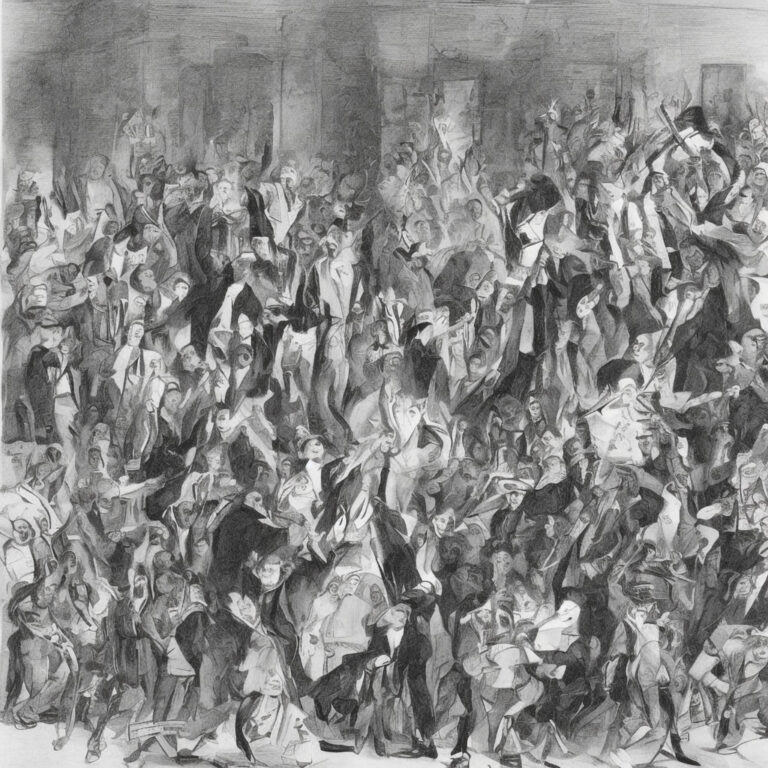
Over the years, “Raining Blood” has garnered a fair share of recognition and accolades, a testament to the song’s raw power and timelessness. It was ranked number 50 on Rolling Stone’s 2004 list of “The 100 Greatest Guitar Songs of All Time”. In 2006, it was placed at number 94 on the “100 Greatest Guitar Solos” list by Guitar World magazine. Additionally, the song has been praised by many music publications for its unrelenting intensity and technical proficiency.
“Raining Blood” has made its way into various forms of media, further cementing its status as a metal classic. For instance, it has been featured in the video game “Grand Theft Auto: Vice City Stories” (2006), where you can listen to the song on the fictional radio station, V-Rock. The song is also playable in the popular music game “Guitar Hero III: Legends of Rock” (2007) as one of the challenging songs in the game, making it a favorite among expert players. Furthermore, it has made appearances in episodes of TV shows such as “South Park” and “Californication,” showcasing its pervasive influence across pop culture.
As for cover versions, many bands and artists have tried their hand at recreating the sonic ferocity of “Raining Blood”. The most notable of these covers is by the Californian a cappella group, Van Canto, that transformed the song into a vocal-driven piece while maintaining its original energy. Other covers include a rendition by the Australian string quartet, FourPlay, who swapped the electric guitars for violins and cellos, creating a hauntingly beautiful rendition of the song. Tori Amos, an American singer-songwriter, pianist, and composer, also notably covered the song on her 2001 album, “Strange Little Girls,” in which she took on songs originally performed by men and reinterpreted them from a female perspective.
All in all, the continued relevance, numerous accolades, and diverse cover versions of “Raining Blood” highlight the song’s importance in the heavy metal genre and its enduring appeal to fans and musicians alike.
Dissecting the Musical Maestros
Diving into the musical structure of “Raining Blood,” we find ourselves enthralled by the sheer genius of Slayer’s composition. Written in the key of E flat minor, the song starts with an eerie, spine-chilling intro that sets the tone for the entire piece. The intro consists of a clean guitar arpeggio drenched in reverb, creating an impending sense of doom. This is followed by a sudden explosion of distorted guitar, leading us into the main riff.
The main riff of the song is a masterful blend of power chords and palm-muted single notes, played at a breakneck tempo of 170 BPM. This is accentuated by the driving force of the drums, which provide a relentless double bass pedal and aggressive snare hits. As the song progresses, the tempo shifts to an even faster 210 BPM during the chorus, further intensifying the listening experience.
One cannot discuss “Raining Blood” without mentioning its iconic solo. The solo, played in E flat minor pentatonic scale, showcases the band’s guitarist Kerry King’s exceptional virtuosity. King employs techniques such as alternate picking, tapping, and whammy bar dives to create a frenzy of notes that perfectly complements the song’s dark atmosphere.
The chord structure of “Raining Blood” is primarily built around power chords, which are a staple in heavy metal music. However, what sets the song apart is the way these power chords are interspersed with dissonant intervals that create a sense of tension and unease. Furthermore, the chromatic movement of certain riffs adds an extra layer of complexity to the song, making it a true testament to Slayer’s innovative approach to songwriting.
Another distinctive feature of “Raining Blood” is its unconventional song structure. Eschewing the typical verse-chorus-verse format, the song is constructed more like a classical piece, with distinct sections that flow seamlessly into one another. This allows for a more dynamic and engaging listening experience, as the listener is constantly kept on their toes, never knowing what to expect next.
In conclusion, “Raining Blood” is a true masterpiece of heavy metal music, showcasing Slayer’s unparalleled musicianship, innovative songwriting, and ability to create a captivating and immersive atmosphere. From its haunting intro to its frantic solo and relentless tempo changes, the song stands as a testament to the band’s enduring legacy and influence on the genre.

